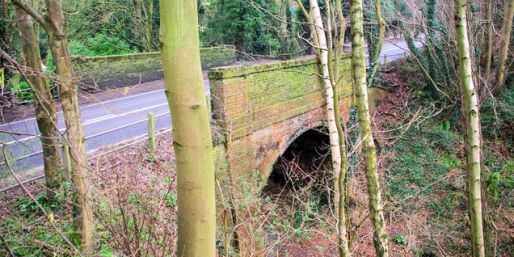
The Pulborough - Midhurst line
In truth the Pulborough – Midhurst – Petersfield railway was poorly thought out from the start. The initial planning was done at the end of the 1850s and early 1860s.
Railway politics meant that, instead of planning an integrated route from Pulborough to Petersfield, separate railways were built in the direction of Midhurst from both east and west.
By 1859 the first stage of the work was complete, with a line built along the route followed by the River Rother, past Fittleworth to Petworth.
The station at Petworth was built over a mile south of the village at Coultershaw Bridge on the far side of the river from Petworth, which was hugely inconvenient for passengers. Today the former Petworth Station has been restored as an impressive guest house and the Badgers pub and restaurant sits alongside it.
By the way, if you like industrial archaeology then you might enjoy a visit to the Coultershaw Beam Pump at Coultershaw Mill which has been restored and is open for a few days each summer.
In 1864 the Petersfield line reached Midhurst. Two years later the Petworth to Midhurst segment of the route opened with a station at the remote village of Selham for good measure. There had been construction problems which had delayed the work, especially in the engineering of the Midhurst Tunnel, which had suffered a partial collapse.
As traffic built up along the route, it was judged that Fittleworth needed a station too and this opened in 1889.
There were two stations along the Midhurst to Petersfield route at Elsted Marsh and Rogate (again, the station servicing Rogate was a long way south of the village at Nyewood).
- Arundel
- Bognor Regis
- Burgess Hill
- Chichester
- Crawley
- East Grinstead
- Haywards Heath
- Horsham
- Littlehampton
- Midhurst
- Petworth
- Shoreham-by-Sea
- Steyning
- Worthing


